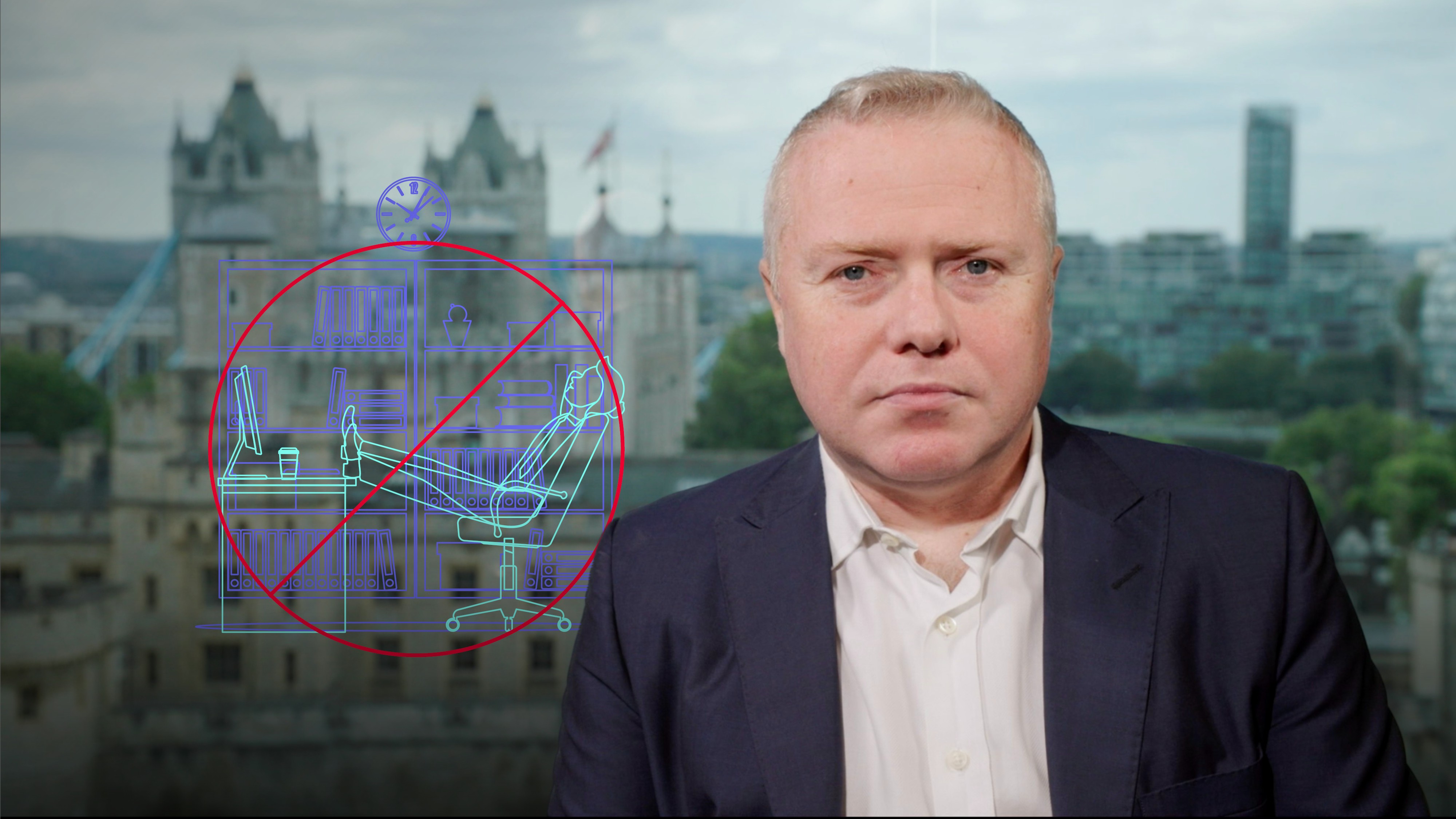
Monitoring an Investment Portfolio

Trevor Pugh
20 years: Trading & hedge funds
In this video, Trevor looks at how portfolio managers implement, execute and monitor their portfolios, how they manage risk and how they assess where returns were generated.
In this video, Trevor looks at how portfolio managers implement, execute and monitor their portfolios, how they manage risk and how they assess where returns were generated.
Subscribe to watch
Access this and all of the content on our platform by signing up for a 7-day free trial.

Monitoring an Investment Portfolio
9 mins 33 secs
Key learning objectives:
Outline the importance of implementation, execution and monitoring
Understand the importance of risk management
Understand attribution analysis and what it is used for
Overview:
Deciding how a portfolio is going to be established is only the first step in managing a portfolio. A portfolio manager will have to implement, execute and monitor their portfolio through a range of methods. They will also then need to use attribution analysis to determine how well they’ve actually performed.
Subscribe to watch
Access this and all of the content on our platform by signing up for a 7-day free trial.
What considerations should be taken when implementing a portfolio and does it need monitoring?
Portfolio implementation is executing the underlying investments in line with the SAA and TAA. Within the implementation stage, several things need to be considered: location of the underlying assets, whether the portfolio is actively or passively managed and ESG policies.
Once the portfolio is implemented it needs monitoring on a continuous basis due to changes in financial markets that may impact it.
Why is risk management in a portfolio important?
This is arguably the most important part of portfolio management. Even if your SAA is optimal, poor risk management can cause you to lose everything.
There are three elements to risk managing a portfolio:
- Make sure the portfolio aligns with the guideline restrictions.
The portfolio may need to be well diversified with uncorrelated assets for example. - Ongoing monitoring of the portfolio.
There are stress tests, scenario analyses and simulations to check ‘what if’ type scenarios, with various parameters being adversely impacted. - Reactive risk management.
Here we deal with day-to-day market developments. There may be instances where we have too much risk, or not enough risk. It is imperative to have a risk management process in place to react to unexpected events which impact the risk/return characteristics of the portfolio.
What is attribution analysis and what can it be used for?
Attribution analysis is understanding what went well and what didn’t with portfolio returns over the relevant time period.
Assume a portfolio generated 5% returns. Is this good?
We need to determine whether it was gained by luck, whether it was generated by one or multiple underlyings and we also need to know how the benchmark performed. If the benchmark returned 8% then the portfolio manager didn’t do very well!
Subscribe to watch
Access this and all of the content on our platform by signing up for a 7-day free trial.

Trevor Pugh
There are no available Videos from "Trevor Pugh"



























